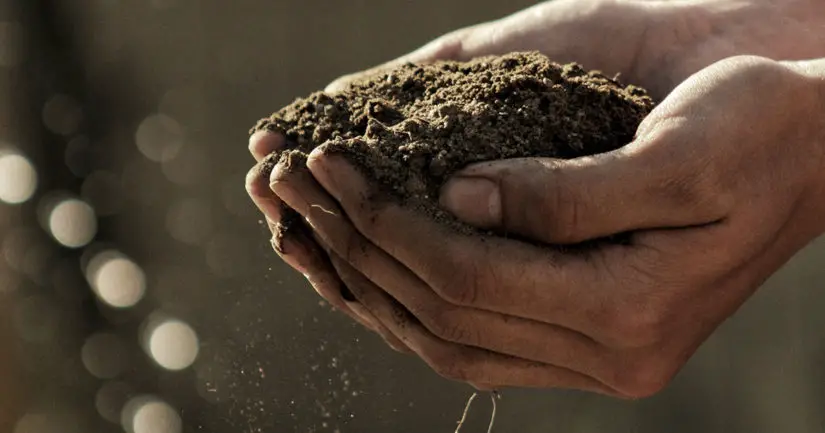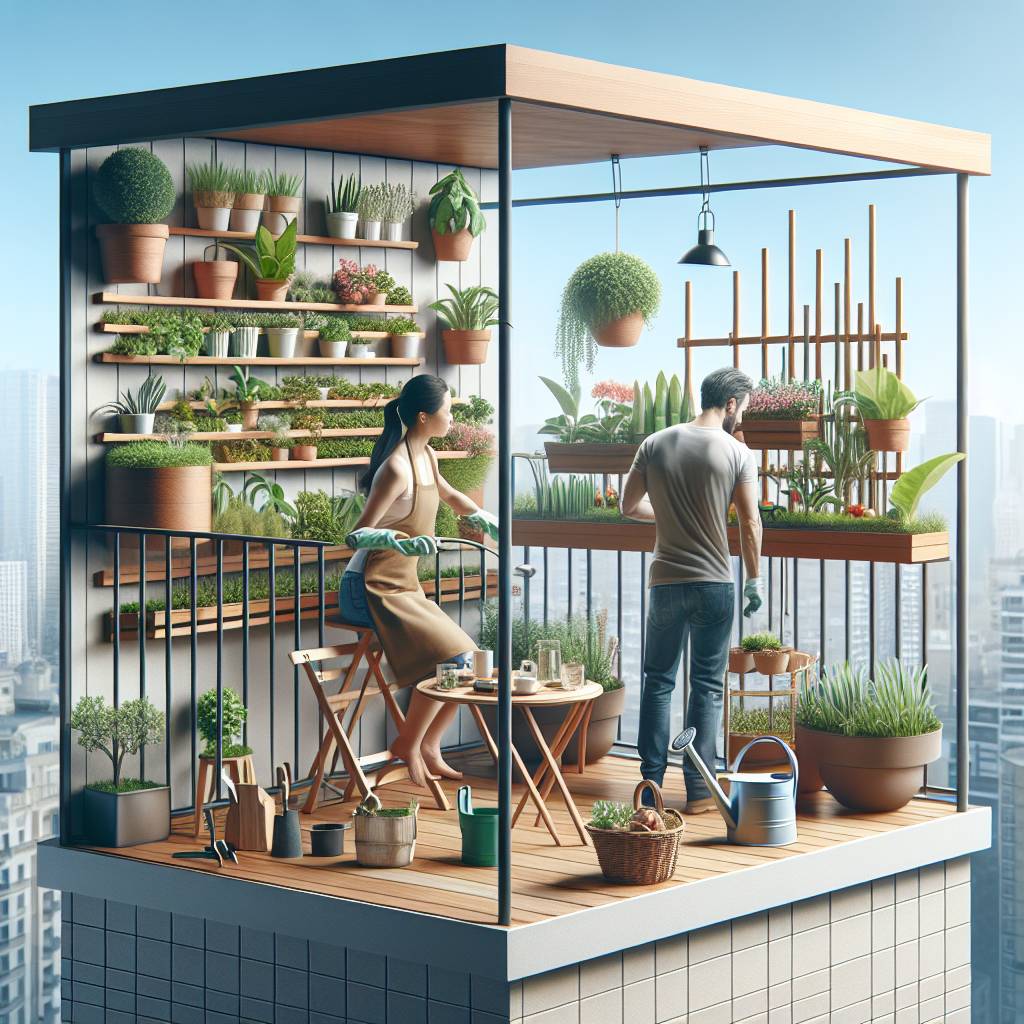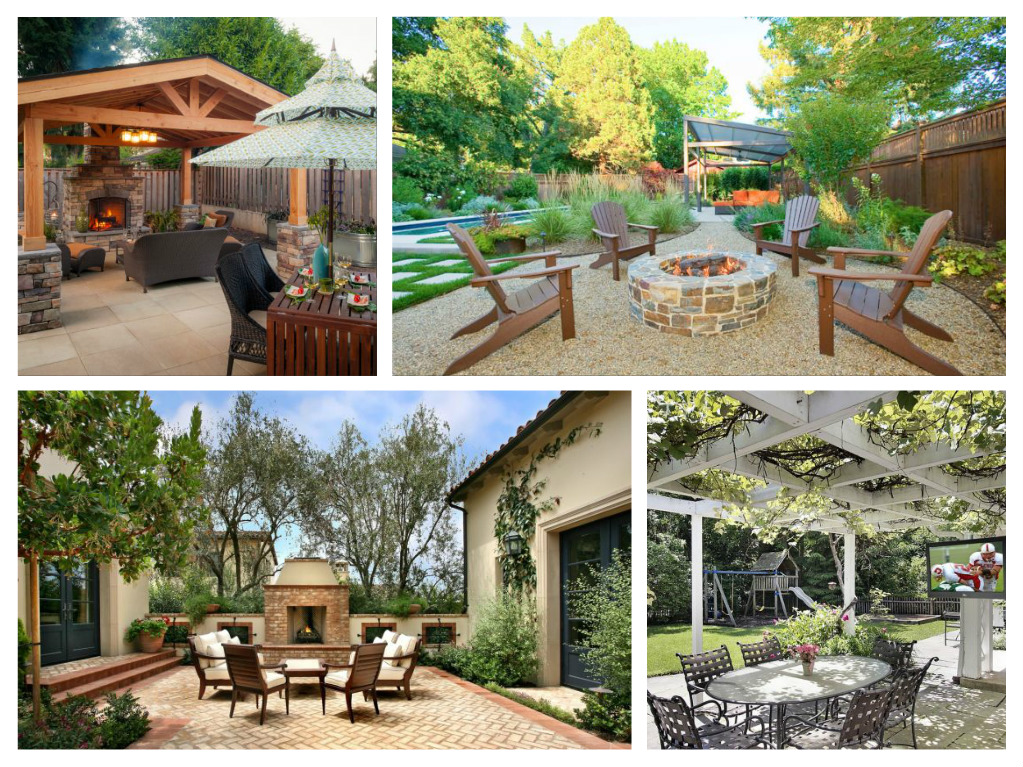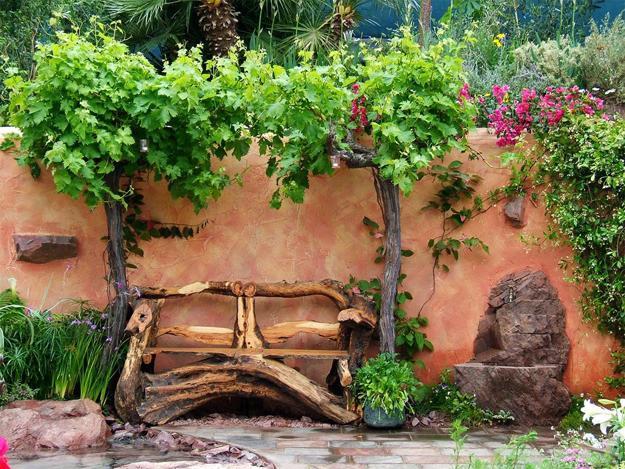You likely already understand the benefits o#f starting a garden. For one, gardening has immense health benefits. A personal garden exposes you to plenty of sunshine, an excellent source of vitamin D. vitamin D strengthens bones, boosts the immune system, and lowers the risk of certain cancers, including prostate and breast cancer.
Gardening also boosts strength, improves sleep, and helps you maintain a healthy weight. The benefits are endless.
Unfortunately, many people don’t know how to get started with gardening. Can I do it? What about the challenges? Can I handle them? And, even if so, where do I begin? These are some of the questions that often cross the mind whenever you think about starting your own garden.
We’ve developed a simplified guide on how to start a garden with minimal fuss, so you never have to worry about where to begin.
1. Decide what you’d like to grow
The first step when you want to start a garden is deciding what you’d like to plant. This step sets the stage for everything that follows. It informs your choice of location, the tools you need, and even the fertilizers and harvest time.
So, choose carefully. Do you want to plant a flower garden or do you prefer vegetables? Alternatively, you can grow herbs. Each option has advantages and disadvantages. Also, choose the specific flowers, vegetables, o herbs you’d like to grow and take time to understand them better.
2. Choose a location
Once you’ve identified what you want to plant, the next step is to choose a location. The good news is that you’ll learn the ideal conditions necessary for growing the selected plants as you read more about the plant.
Generally, though, vegetables require 6-8 hours of sunshine daily. However, herbs and flowers can thrive even in shady areas. Feel free to use the USDA hardiness zone finder to identify the perfect location for the selected plants.
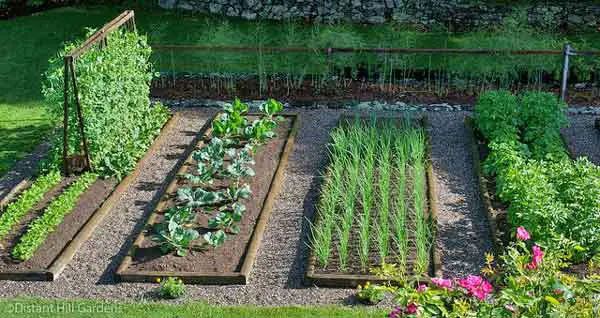
3. Acquire the necessary tools
The tools you need when you start a garden will depend on the selected plants and location. However, don’t be intimidated by the long lists of “unique” or advanced tools you may come across online. Instead, be practical and ergonomic; only buy what you need, prioritizing multipurpose tools.
For instance, you need a shovel. You also need watering cans and a standard kitchen knife for pruning and harvesting vegetables. But you can use a spare knife if you have one. You also don’t need watering cans if you have a drip irrigation system. In short, be as frugal as possible.
4. Clear the ground
This should be a straightforward process once you have the right gardening tools. Cut down the weeds and put it in a compost pile to decompose.

5. Test and improve the soil
Now it’s time to create the perfect soil conditions for the earlier selected crop. So, get a soil sample and send it to the local lab for testing. Typically, you need to wait about two weeks for the results. Once the results are back, use them to amend your soil. A DIY kit makes it super easy to amend your soil. You’ll need plenty of compost for this process.
6. Plan and prepare your garden beds
This stage combines two steps. First, you need to decide the size of the plots and divide the garden into the desired lots. We recommend starting small. A 10 x 10-foot garden is excellent for beginners. Next, you need to prepare the lots. Loosen the soil for easy root growth, add organic matter, and mulch the area.
7. Find the right seeds/transplants
It’s almost time to plant. But, first, you need to get the right seeds or transplants. It’s easier to get transplants because someone else does the bulk of the work. You only need to make sure you’re getting the right seedlings and that they’re healthy. However, you may need to grow your own transplants if planting heirlooms.
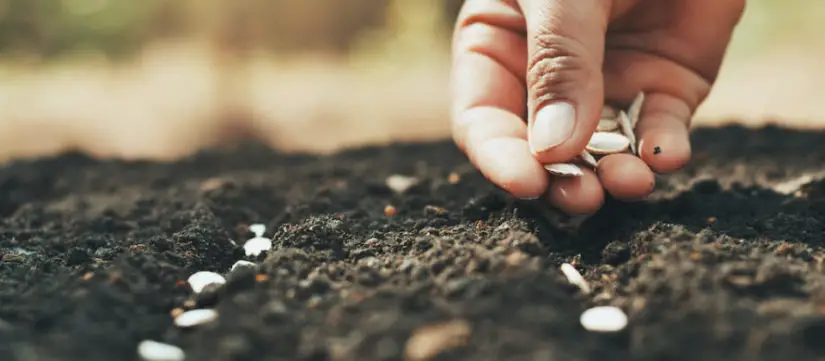
8. Get planting
Once you have the right seeds or seedlings, get planting. Generally, you should plant seeds about three times as deep as the diameter of the seed. Meanwhile, transplants are planted at the same depth they were in the pot. Remember that you may need to harden off young plants when planted outside.
9. Nurture your garden
A popular adage goes that the best fertilizer for the garden is the gardener’s shadow. And it’s very true. You’re better off hitting the farmer’s market if you’re not prepared to tend to your farm. Weeding, for instance, is an ongoing task. The same applies to watering. Also, add foliar feeds regularly and find healthy ways to deal with pests.
10. Harvest accordingly
Your harvest will be commensurate with your efforts. So, you can expect a bumper harvest if you put in significant effort. But more importantly, learn how to time your harvests. For instance, you need to pick beans every two days. However, for tomatoes, you need to wait until they begin to turn red. Also, beware that vegetable flavor is at the peak in the morning immediately the dew clears.
Summary
There you go. Now you know how to start a garden. The only other thing we must stress is the important of maintenance. If you want a bumper harvest, you must spare enough time to take the best care of your garden.
